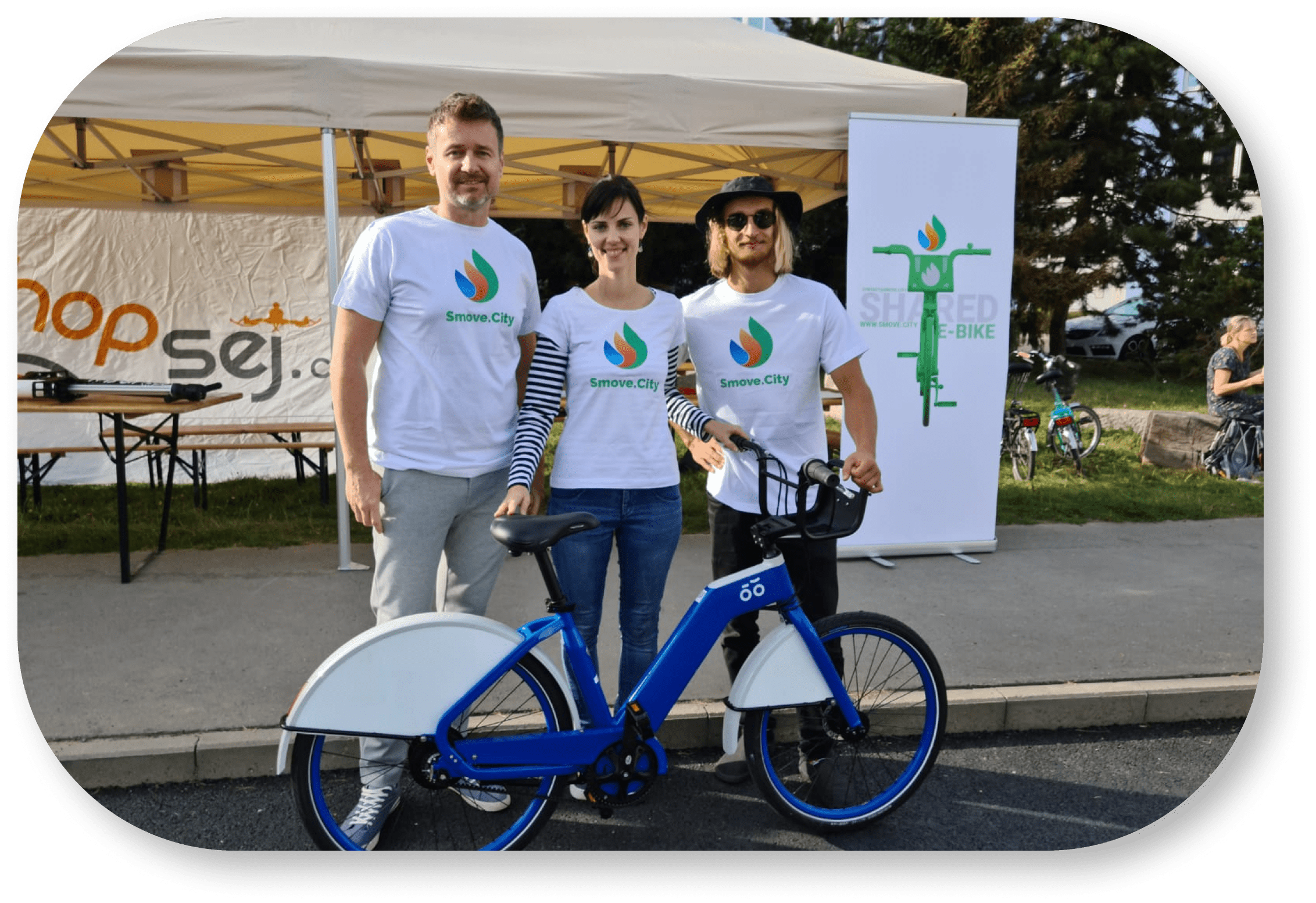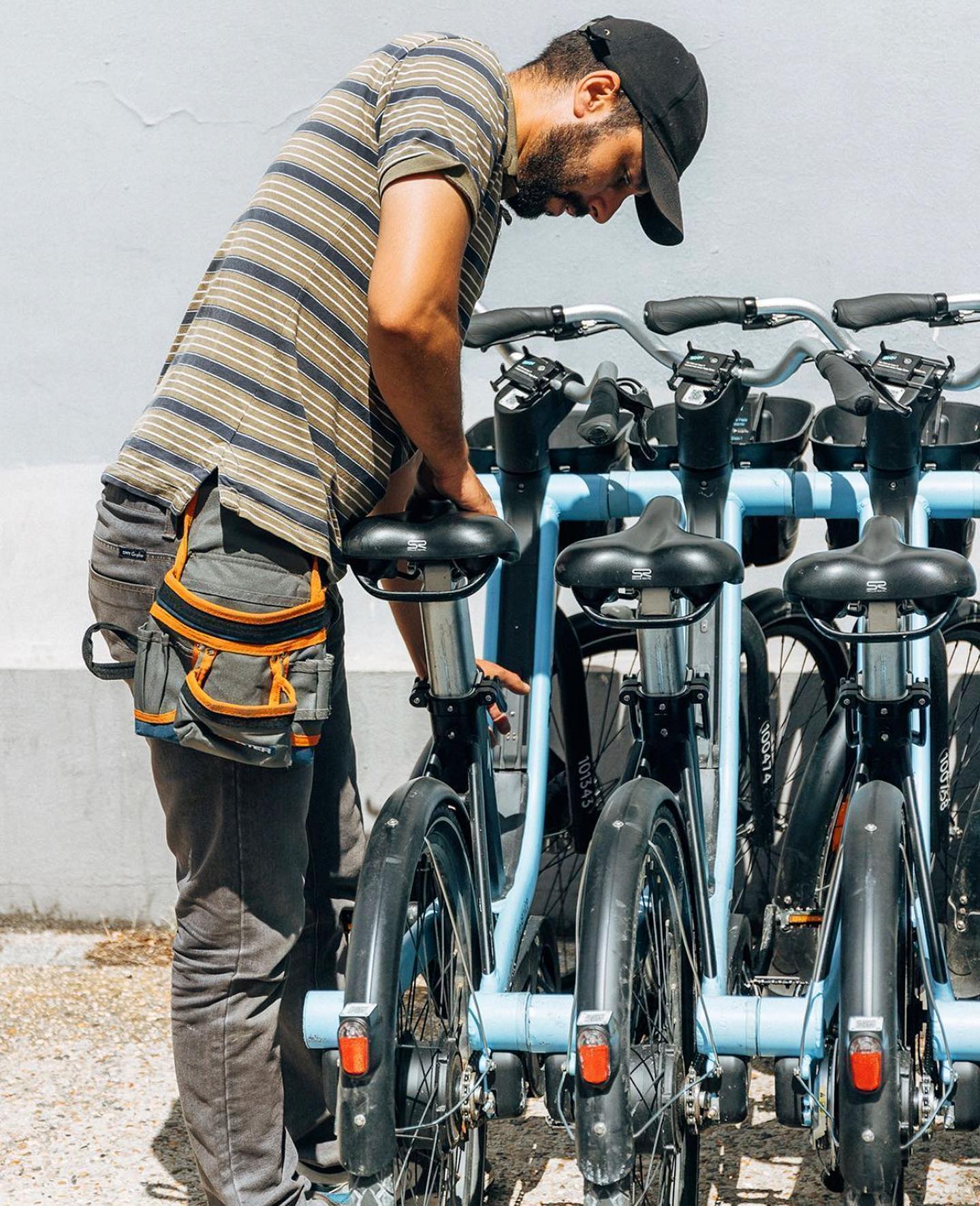Feasibility Study For Bike Share Implementation
The feasibility study establishes the critical parameters that will guide the planning and design process—specifically the coverage area and size of the system—and then analyzes whether
the proposal will be financially feasible and under what conditions. The feasibility study should recommend investment and revenue sources, a contracting model, and an organizational structure, as the agency or department conducting the feasibility study may or may not be the implementing agency. Finally, the feasibility study will also need to review the local context and identify any specific local obstacles to implementation, including weather, cycling infrastructure, culture, and political and legal realities. Much of the feasibility study can be done by drawing on other systems’ experiences and adapting them to the local context.
The first step is to outline the city’s objectives for a bike-share system. Bike-share systems are often implemented as part of a general sustainable transport initiative to reduce pollution and improve mobility options. Strategic objectives for bike-share may include solving the “last mile” problem for transit passengers who still need to travel from the station to their destination (as
in the San Francisco Bay Area in California), avoiding capital investments in order to increase the capacity of overcrowded mass transit (as in Guangzhou, China), meeting targeted city modal splits or pollution targets (as in Paris), developing tourism (as in Hangzhou, China, and Paris), and even generating employment (as in Hangzhou). These locally defined objectives will inform the rest of the feasibility study.

After defining the objectives of the bike-share system, the feasibility study should include the following three main components:
1. Demand analysis
The demand analysis identifies the potential number of system users and forms the basis for all other analysis. It requires the following steps.
- Define the proposed coverage area. Usually, cities choose as a first phase the areas where there will be the most demand for bike-share. Residential population density is often used as a proxy to identify those places where there will be greater demand.
- Define targets for key performance metrics and the indicators for evaluating how well the system is meeting its objectives.
- Create a demand profile. Review existing demand and conditions for cycling, taking into account the population of the coverage area, the number of commuters, current modal split, existing transit, bicycle and pedestrian networks, and existing major attractions that will draw people to the area. Sometimes it is useful to create profiles of potential bike-share users to get a sense of who will use it and at what scale, but it has generally been found that people of all incomes and backgrounds use bike-share.
- Create estimations of demand. One way to do this is
to create a Price-Elasticity of Demand (PED) analysis according to various customer types. Another, less rigorous, way is to create an estimation of demand based on a percentage of the population, known as the uptake rate. After Vélib’ opened, Paris saw a 6 percent uptake, meaning that 6 percent of the population used the system (Nadal 2007). New York City ran three scenarios: a 3 percent uptake by the existing population, a 6 percent uptake and a 9 percent uptake. The city ultimately used 6 percent for financial estimations (New York City Department of City Planning 2009). - Size the system by defining station density, bike density, and bikes per station. These basic planning parameters

2. High-level financial feasibility analysis
Based on the demand analysis and size of the system, preliminary numbers can be used to estimate how much the system will cost, including both capital costs and operational costs. This is a high-level estimation used to guide decisions, not a detailed budget, which should be done later. This analysis includes the following steps:
• Propose options for station type, bicycles, and technology to create a capital cost estimate.
• Estimate operational costs based on the size of the system. This should include maintenance and redistribution, as well as replacement costs for bikes.
• Propose financing options to identify the most appropriate combination of user-generated revenues (per-use and membership fees), government funds, corporate sponsorship, street advertising contracts, etc.
• Analyze estimated costs against financing options to ensure that the proposal is financially feasible.
• Recommend a business model that establishes an organizational structure and contracting model.

3. Analysis of risks and barriers
Identifying possible barriers and risks will help planners mitigate those challenges as they go into detailed planning and design. This analysis includes the following steps:
- Review possible barriers to implementation and propose mitigation measures. Such barriers may include access to credit cards by the users, advertisement regulations and existing advertising contracts, helmet requirements, traffic laws, safety concerns, institutional constraints, etc.
- Identify risks to project implementation and propose mitigation measures. These risks may include institutional infighting and lack of cooperation, NIMBY-ism and protest by the community, and the absence of a political champion for the system.These three components are an iterative process whereby decisions about the coverage area and system size may change based on the financial feasibility. This study becomes the basis for the next steps: detailed planning and design, the creation of business and financial models, and tendering and contracting. With the guidelines determined in the feasibility study, the government organizing team can move into the planning phase.


